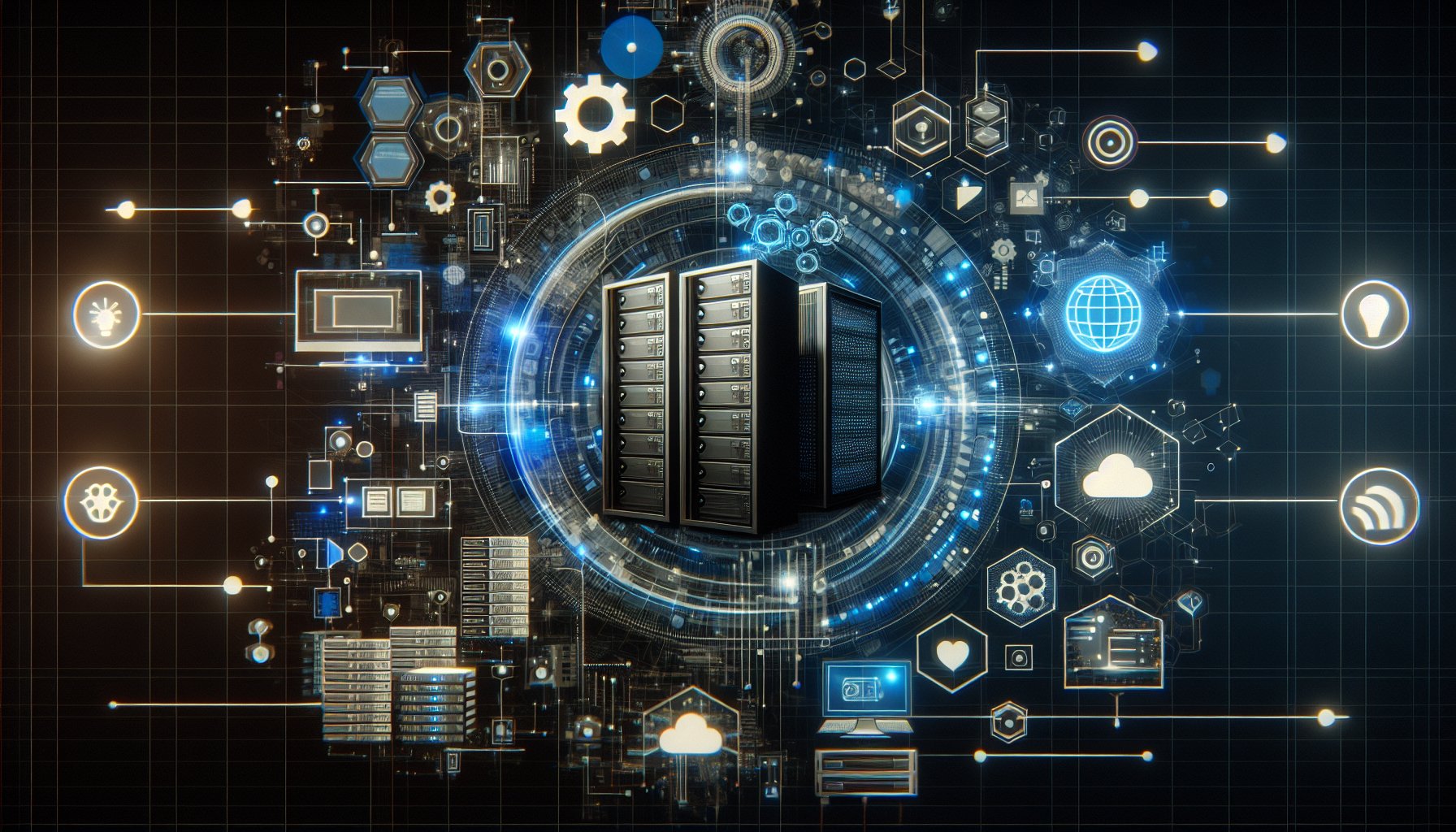Introduction
As the IT world continues to evolve at an exhilarating pace, DevOps stands at the forefront, driving innovation and shaping the future of development and operations. In this post, we will explore the latest trends, cutting-edge technologies, and future-forward practices that are defining DevOps in 2025 and beyond.
Cloud-Native DevOps
At the heart of modern DevOps is the shift towards cloud-native development. With the rise of containerization technologies and Kubernetes orchestration, development teams can now build, deploy, and scale applications with greater speed and resilience. Using CI/CD pipelines, teams can automate the release process, drastically reducing the time from development to deployment.
apiVersion: apps/v1
kind: Deployment
metadata:
name: nginx-deployment
spec:
selector:
matchLabels:
app: nginx
replicas: 3
template:
metadata:
labels:
app: nginx
spec:
containers:
- name: nginx
image: nginx:1.14.2
ports:
- containerPort: 80
Microservices Architecture
Microservices architecture is a key component of modern DevOps. By breaking down applications into independent, loosely coupled services, teams can develop, test, and deploy features independently, improving speed and agility. With service mesh technologies like Istio and Linkerd, it's easier than ever to manage complex microservices ecosystems.
AI and Machine Learning in DevOps
Artificial Intelligence (AI) and Machine Learning (ML) are revolutionizing DevOps practices. AI/ML can help in predictive analysis, identifying potential issues before they become critical, and automating routine tasks. AI-powered tools like AIOps can analyze vast quantities of data, providing insights into system performance and helping teams make data-driven decisions.
Infrastructure as Code (IaC)
IaC is a game-changer for DevOps, allowing teams to automate infrastructure management. With IaC tools like Terraform and AWS CloudFormation, you can define your infrastructure as code and apply version control, enabling consistent and repeatable deployments.
provider "aws" {
region = "us-west-2"
}
resource "aws_instance" "example" {
ami = "ami-0c94855ba95c574c8"
instance_type = "t2.micro"
tags = {
Name = "example-instance"
}
}
Conclusion: Staying Ahead in the DevOps Game
To stay competitive in the rapidly evolving world of IT, it's crucial to stay up-to-date with the latest DevOps practices. By leveraging cloud-native technologies, adopting a microservices architecture, incorporating AI/ML into your DevOps practices, and using Infrastructure as Code, you can drive innovation, improve efficiency, and maintain a competitive edge in the market.
This is merely the beginning of the journey. The future of DevOps promises even more exciting developments. By keeping an eye on the horizon and embracing new technologies as they emerge, you can position your organization for success in the dynamic world of DevOps.
